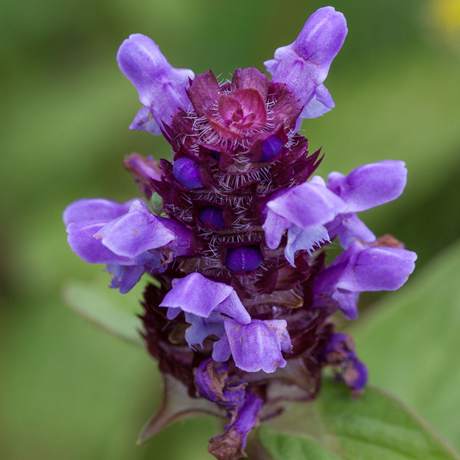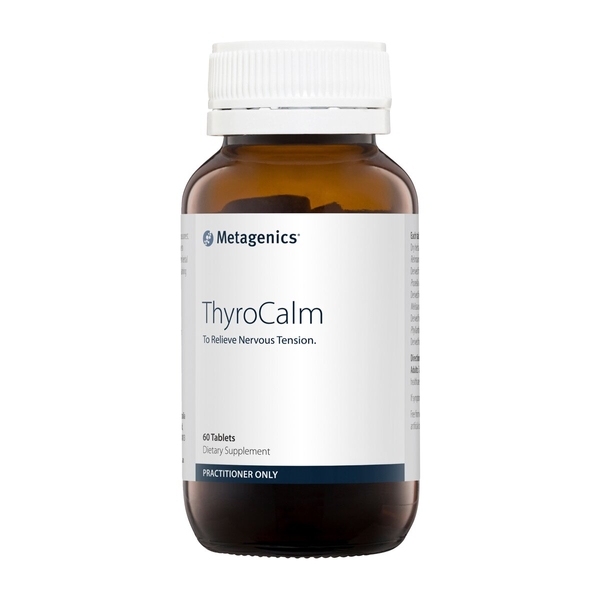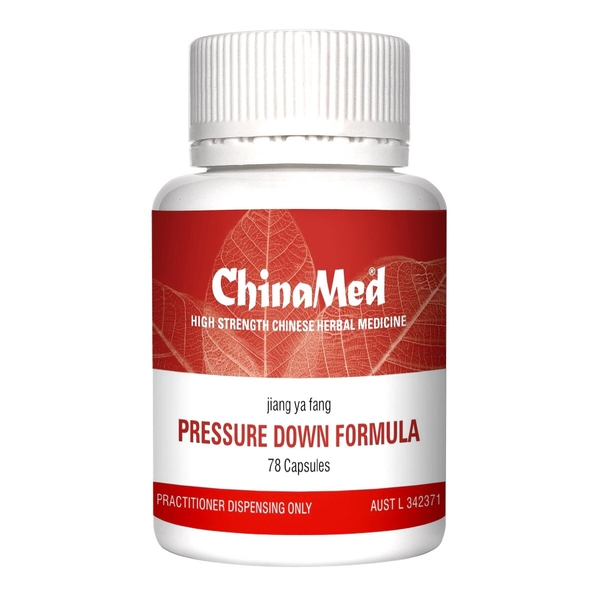
Self-heal
Scientific names: Prunella vulgaris
Family: Labiatae/Lamiaceae
Alternate names: All-Heal, Blue Curls, Brownwort, Brunelle, Brunelle Vulgaire, Carpenter's Herb, Carpenter's Weed, Heal-All, Heart of the Earth, Herbe au Charpentier, Hercules Woundwort, Hock-Heal, Prunela, Prunella, Prunelle, Prunelle Vulgaire, Self Heal, Sicklewort, Siclewort, Slough-Heal, Woundwort, Xia Ku Cao
Background
Self-heal is an herb. The parts that grow above the ground are used to make medicine.
Self-heal is used for inflammatory bowel disease such as Crohn disease and ulcerative colitis, rheumatoid arthritis, problems in the stomach and intestines, sore throat, and other conditions, but there is no good scientific evidence to support these uses.
Be careful not to confuse self-heal with another plant called sanicle. Sanicle is sometimes referred to as self-heal, but it's different.
Self-heal is used for inflammatory bowel disease such as Crohn disease and ulcerative colitis, rheumatoid arthritis, problems in the stomach and intestines, sore throat, and other conditions, but there is no good scientific evidence to support these uses.
Be careful not to confuse self-heal with another plant called sanicle. Sanicle is sometimes referred to as self-heal, but it's different.
Safety Safety definitions
When taken by mouth: There isn't enough reliable information to know if self-heal is safe. It might cause upset stomach and diarrhea.
When applied to the skin: There isn't enough reliable information to know if self-heal is safe or what the side effects might be.
When applied to the skin: There isn't enough reliable information to know if self-heal is safe or what the side effects might be.
Special Precautions & Warnings:
Pregnancy and breast-feeding: There isn't enough reliable information to know if self-heal is safe to use when pregnant or breast-feeding. Stay on the safe side and avoid use.Effectiveness
NatMed Pro rates effectiveness based on scientific evidence according to the following scale: Effective, Likely Effective, Possibly Effective, Possibly Ineffective, Likely Ineffective, Ineffective, and Insufficient Evidence to Rate.
Insufficient evidence Effectiveness definitions
- Bruises.
- Crohn disease.
- Disorders of the female reproductive system (gynecological disorders).
- HIV/AIDS.
- Internal bleeding.
- Mouth and throat ulcers.
- Rheumatoid arthritis (RA).
- Stomach pain.
- Ulcerative colitis.
- Wound healing.
- Other conditions.
Dosing & administration
The appropriate dose of self-heal depends on several factors such as the user's age, health, and several other conditions. At this time there is not enough scientific information to determine an appropriate range of doses for self-heal. Keep in mind that natural products are not always necessarily safe and dosages can be important. Be sure to follow relevant directions on product labels and consult your pharmacist or physician or other healthcare professional before using.
Interactions with pharmaceuticals
It is not known if Self-Heal interacts with any medicines. Before taking Self-Heal, talk with your healthcare professional if you take any medications.
Interactions with herbs & supplements
There are no known interactions with herbs and supplements.
Interactions with foods
There are no known interactions with foods.
Action
Self-heal contains chemicals that act as antioxidants. Other chemicals called tannins might help reduce skin swelling (inflammation).
Products
View all productsPractitioner product
Per capsule:
- Prunella vulgaris (Prunella) ext. equiv. dry 133.2 mg
- Rehmannia glutinosa ext. equiv. dry 223.2 mg
- Senna tora ext. equiv. dry 167.4 mg
- Ophiopogon japonicus ext. equiv. dry 133.2 mg
- Rubia cordifolia ext. equiv. dry 133.2 mg
- Uncaria rhyncophylla ext. equiv. dry 133.2 mg
- Leonurus sibiricus ext. equiv. dry 133.2 mg
- Tribulus terrestris ext. equiv. dry 133.2 mg
- Achyranthes bidentata ext. equiv. dry 133.2 mg
- Scutellaria baicalensis ext. equiv. dry 102.6 mg
- Paeonia suffruticosa ext. equiv. dry 102.6 mg
- Styphnolobium japonicum ext. equiv. dry 102.6 mg
- Chrysanthemum sinense ext. equiv. dry 66.6 mg
- Scrophularia ningpoensis ext. equiv. dry 102.6 mg
Practitioner product
vital.ly has licensed monographs from TRC Healthcare.
This monograph was last reviewed on 31/07/2023 10:00:00 and last updated on 25/11/2020 03:18:28. Monographs are reviewed and/or updated multiple times per month and at least once per year.
Natural Medicines disclaims any responsibility related to medical consequences of using any medical product. Effort is made to ensure that the information contained in this monograph is accurate at the time it was published. Consumers and medical professionals who consult this monograph are cautioned that any medical or product related decision is the sole responsibility of the consumer and/or the health care professional. A legal License Agreement sets limitations on downloading, storing, or printing content from this Database. No reproduction of this monograph or any content from this Database is permitted without written permission from the publisher. It is unlawful to download, store, or distribute content from this site.






